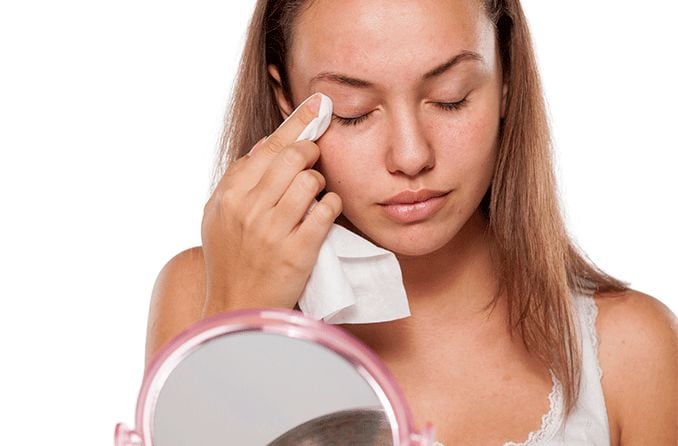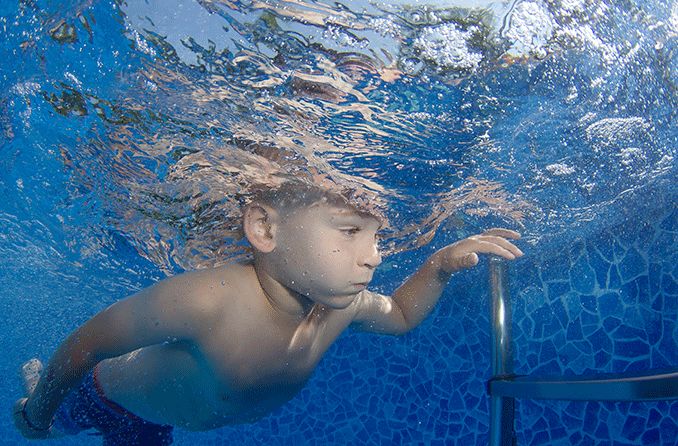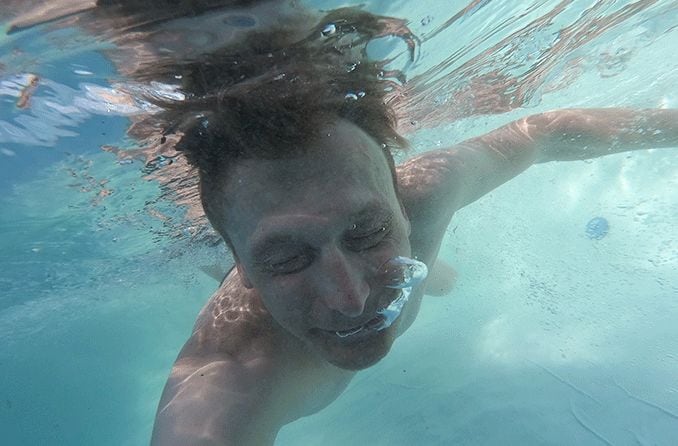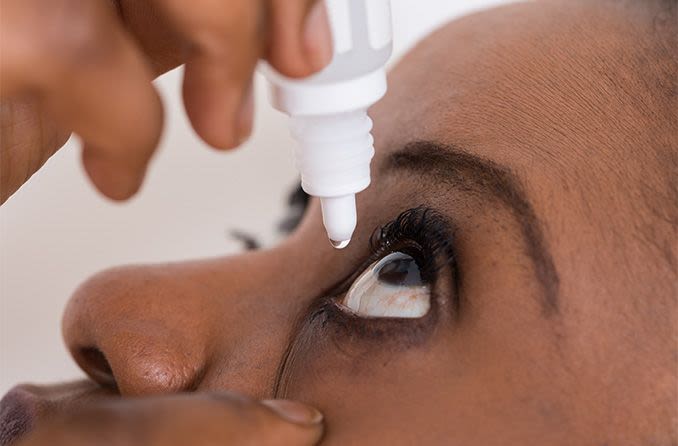The climate and your eyes
Like your skin, your eyes are constantly exposed to your environment. As a result, environmental factors such as temperature, humidity, sunlight and air pollution can have an impact on your eyes and even interfere with vision.
A 2020 report found that different climates within the U.S. correlate with the severity ofdry eye disease. The report utilized six different climate zones based on the three-letter Köppen classification system.
The report found that residents of a Mediterranean climate, as along the west coast of the U.S., experienced significantly less dry eye than patients in other climate zones.
The report also found that individuals in the semi-arid and sub-tropical desert zones faced significantly more dry eye than those from other climates. In the U.S. these zones are located largely in the southwest, mainly in Texas and parts of Arizona, Nevada, and California.
Overall, the report found that an increase in the signs and symptoms of dry eye was associated with lower humidity. It was also noted that tear break up time (TBUT) was linked to daily weather. TBUT is an important indicator of dry eye disease.
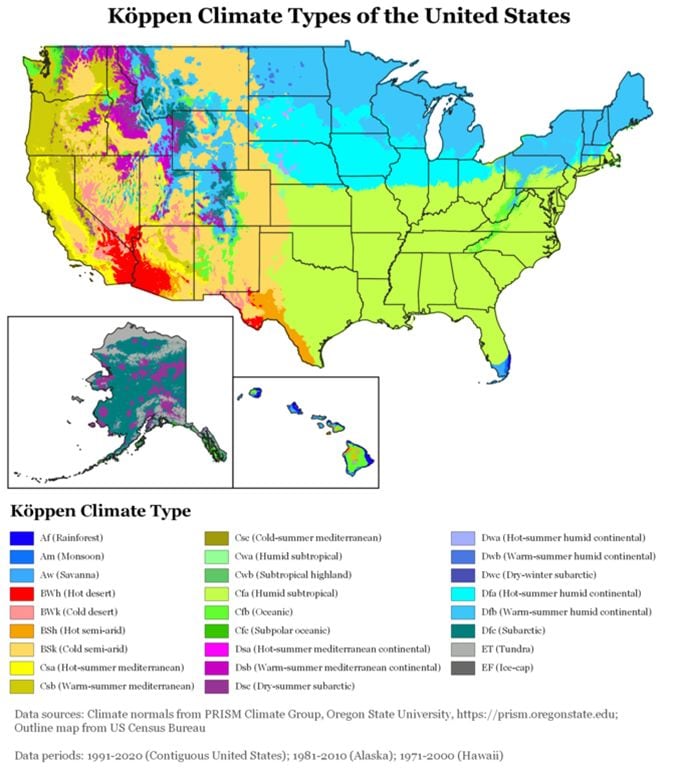
[Image credit: "Köppen Climate Types,” by Adam Peterson, is licensed under CC by SA 4.0.]
Humidity’s effect on the eyes
Humidity plays an important role in keeping the eyes healthy. On average, a humidity level around 45% or higher is best for the eyes. Drier environments negatively impact the tear film in a number of ways.
Dry climates increase tear evaporation rates and decrease tear stability and production, TBUT, and lipid layer thickness. As a result, the surface of the eye can dry out faster between blinks and lead to irritation.
A 2013 study found that just one hour in an environment with 5% humidity can result in a tear film resembling that of someone with dry eye.
Dry eye is one of the most prevalent eye diseases in the United States. Around 16 million Americans have been diagnosed with dry eye. And around 33% of eye clinic patients complain of dry eye symptoms.
Weather and the eye
Other weather conditions, such as temperature, sunlight and air pressure, can also affect the eye. The ideal weather conditions for the eye are moderate temperatures and humidity with low winds and low ultraviolet (UV) light.
Higher temperatures in low humidity conditions are associated with a higher risk of dry eye diagnosis. Excessive heat in low humidity conditions has also been shown to worsen dry eye symptoms. This occurs because high heat causes tears to evaporate faster.
Lower temperatures can be detrimental to the eye as well. Generally speaking, colder weather means lower humidity. This is because colder temperatures are associated with lower humidity outdoors. Plus, heating systems create dryer conditions indoors.
Humidity aside, cold weather has been shown to lower TBUT. In addition, tear stability and lipid layer thickness also decrease. This means that cold weather is a common irritant for dry eyes.
Sunlight or, more specifically, UV light is another environmental factor that can damage the eyes. Too much UV exposure can increase the risk and severity of dry eye. UV exposure may also increase the risk of cataracts, macular degeneration, corneal damage and some types of eye cancers.
Seasonal variations in temperature, humidity and air pressure also impact the eyes. It is likely that the change in temperature between seasons influences dry eye symptoms more than actual seasonal temperature.
Also, seasonal changes can lead to environmental allergies, which can also worsen dry eyes. The increased amount of pollen in the air is thought to be the cause of this.
Glaucoma is a common eye condition that is mainly treated by lowering the eye’s pressure (IOP). Some studies have found that IOP tends to be higher in the winter and lower in the summer.
Pollution’s impact on the eyes
Because the eye is constantly exposed to open air, it is also constantly exposed to airborne pollutants. Some key pollutants that may affect the eyes are ozone (O3), nitrogen dioxide (NO2) and particulate matter (PM).
Studies into the effect of outdoor gaseous pollutants are largely inconclusive. But indoor levels of ozone and nitrogen dioxide have been linked with the severity of dry eye symptoms. Exposure to these gasses may lead to cell death, oxidative stress and inflammation in the eye.
It has also been consistently shown that higher levels of dust in the air are associated with decreased TBUT. Dust may also cause oxidative stress on the eyes’ tissue, which can damage DNA.
READ MORE: How can air pollution affect your eyes?
How to protect your eyes from the environment
Just because the climate or weather can harm the eye doesn’t mean it has to. Consider these tips that can help protect your eyes:
- Use a humidifier – indoor humidifiers increase the relative humidity, which is good for the eye.
- Drink plenty of fluids – your eyes use a lot of fluid to stay moist. When in hot and/or dry environments, it is good practice to increase fluid intake.
- Wear eye protection – UV-blocking sunglasses and goggles can help prevent eye damage in extreme conditions.
- Redirect hot air away from your face – when driving in cold weather, don't let hot air from the AC blow into your face, as this can damage your eyes.
- Install air purifiers – Air purifiers that remove indoor air pollutants can help protect eyes from PMs and bioaerosols.
- Place plants indoors – plants have been shown to remove certain types of pollutants from the air.
Finally, anytime you feel eye discomfort, you should see an eye doctor regardless of the climate you are in.




